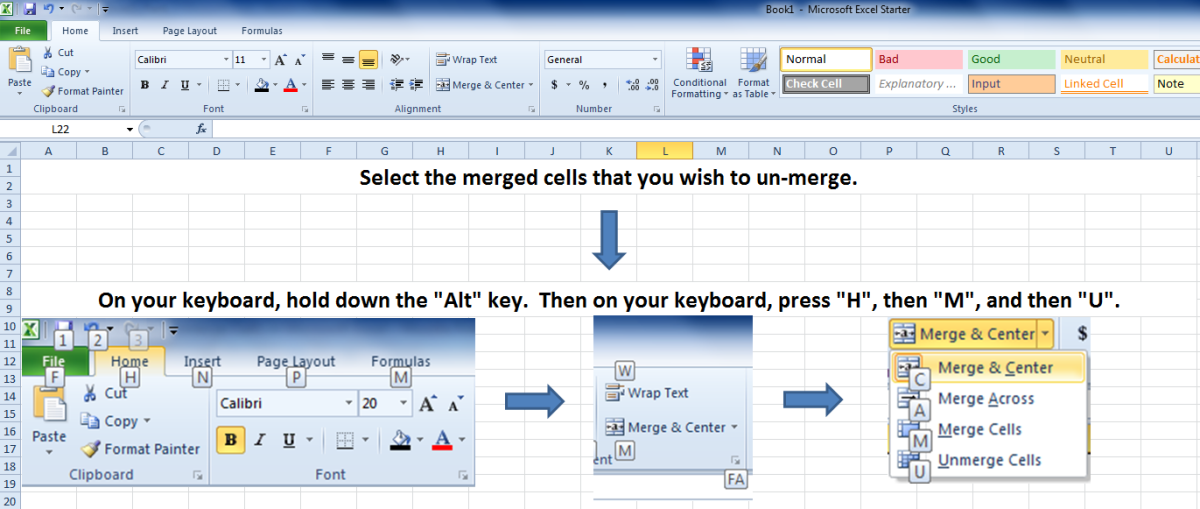

There are different formulas to use to reach of these different types of results. Or it’s possible that we have “John” in one cell, 200 in another cell, and we want the output to be “John200” or “John 200”.

On the other hand we may have a value of 100 in one cell, 300 in another cell, and we want an output of 400. For example, we might have “John” in one cell, “Smith” in a second cell, and desire an output of “John Smith”. The first thing we need to think about is whether we are looking at string data (“My name is David”), numerical data (32), or a combination of the two (“David has 32 apples”), and what we want the concatenated data to look like.

Merging cells means combining two or more cells into one and eliminating the previous cells combining cells means taking the contents of both and putting them somewhere else.

Note that combining cells and merging cells, although they sound very similar in plain English, are actually two entirely different operations in Google Sheets and other spreadsheets. Why am I using a big word like “concatenate” instead of something simple like “combine”? Well, the commands for combining cells in Sheets (and Excel for that matter) use the word “concatenate” a lot and we might as well get used to it! In this article you will learn the process for combining cells in Google Sheets. All you need to combine cells are two (or more) cells containing data and a destination cell in which to display the concatenated data. You can use the concatenate command with the first two columns to combine their information into a third column. For example, if you have a spreadsheet where first names and last names are in different columns, you may want a column which has each person’s full name. Data sources almost always require editing and tidying up to be useful, and this very often requires combining or concatenating cells. Combining cell data is something that any serious spreadsheet user needs to know how to do Google Sheets makes it a relatively painless process.


 0 kommentar(er)
0 kommentar(er)
